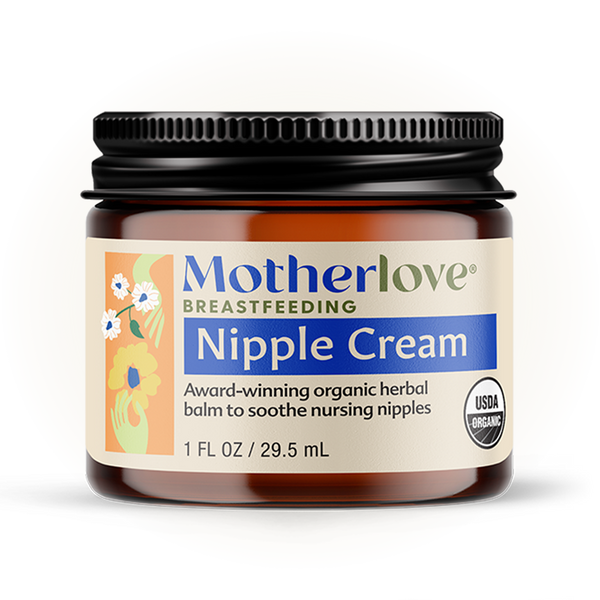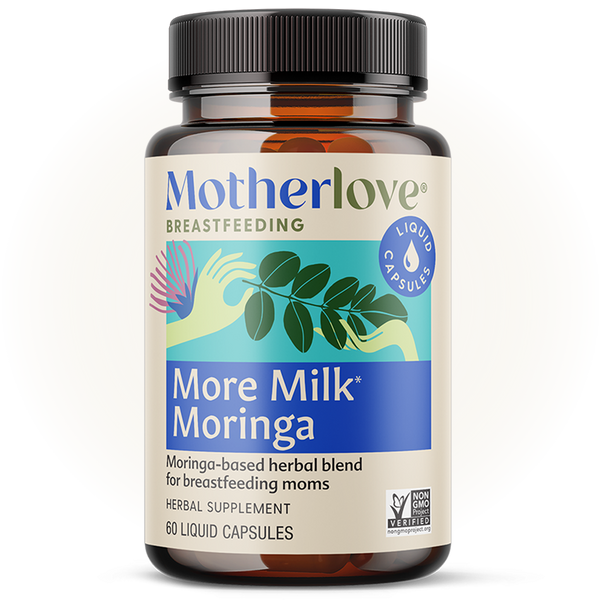Written by Wendy, IBCLC.
Traveling certainly has its perks, but traveling as a breastfeeding or pumping mama can be, well … challenging. Still, at some point or another, it’s likely that you will have to travel. Although traveling as a breastfeeding or pumping mom requires a lot of juggling and a fair amount of stress, doing a little planning ahead can be enormously helpful. Likewise, adjusting your expectations about what travel will look like in this season of your life can make the whole experience less nerve-wracking and more rewarding.
So, without further ado, here are some tips for surviving (and enjoying!) traveling as a breastfeeding/pumping mom.
MAKE A NURSING-WHILE-TRAVELING PLAN
If you are traveling with your little one in tow, you will be nursing in all kinds of different locations, and it can be helpful to prepare and plan how it’s all going to work. Here are some tips to consider:
- Know that it's legal to breastfeed in public in all 50 states—yay!
- There’s no one “right” way to nurse in public, but if you feel better using a nursing cover or a special nursing top, try these out before you travel
- However you’re traveling, it can be super helpful to invest in a good baby carrier, so that you can easily transport your little one around (bonus points if it’s one that’s easy to nurse in!)
- If you are traveling by plane, nursing during take-off and landing can decrease ear pressure for your little one
- If you are traveling by car, expect to make several stops to nurse, and calculate this into your travel time
MAKE A PUMPING-WHILE-TRAVELING PLAN
If you are traveling without your baby, or traveling with your baby, but planning on pumping while traveling, it can be good to develop a pumping plan. Here are some tips:
- Electric pumps are the most effective way to pump and keep up your milk supply, but it’s also good to have a backup pump, like a manual or battery-operated pump, especially if there may be areas where electricity is not available
- If you are planning to store breast milk that you've pumped, make sure that the place you are staying will have a refrigerator or fridge space available to you once you get there
- Have a plan for storing freshly pumped milk during travel, such as a cooler to store your breast milk with frozen ice packs
- Familiarize yourself with milk storage guidelines, which can be found on the CDC website
KNOW THE TSA REQUIREMENTS FOR TRAVELING WITH PUMPED MILK
If you are traveling by plane, understanding TSA requirements is key for flying with breast milk you've pumped. Here’s what to know:
- TSA requirements allow you to travel with more than 3.4 oz of fluids in your carry-on if you are transporting breast milk, which is considered a medically necessary fluid
- You are allowed to travel with breastmilk, whether or not your child is with you
- It can be helpful to inform the TSA officer that you are traveling with breastmilk and to remove the breast milk from your carry-on before you pass through security
MAP OUT PUMPING AND NURSING SPACES
Did you know that the Friendly Airports for Mothers (FAM) Act and the Friendly Airports for Mothers (FAM) Improvement Act requires all large and medium-sized airports to provide private spaces for moms to pump or breastfeed? This means that there should be a non-bathroom area for you to pump or nurse in most U.S. airports you are in.
It can also be helpful to do some research beforehand about other lactation areas available while traveling, as well as rest stops where you can nurse or pump while on the road. You can get this information by doing an online search, as there are many websites that compile this type of info. There are also several apps that have data about lactation-friendly spaces across the country.
UNDERSTAND YOUR BABY MAY BE MORE FUSSY WHILE TRAVELING
Babies thrive on routines, and it’s common for them to be a little extra fussy while traveling. They may not sleep well, may be prone to overstimulation, and they may even be more fussy at the breast. It can be helpful to stick to your regular nursing routine or schedule, as well as your bedtime and nap routines. But it’s not always possible to make this perfect—and that’s okay. Understanding and accepting that your baby may be more fussy—and knowing things will smooth out once you are back home—can help you get through this.
If your baby is fussy at the breast, trying to nurse them in the dark, or nurse them while they are asleep or half-asleep, can be helpful. Many nursing babies are overstimulated while traveling so reducing outside stimulation can help get them nursing more effectively.
STAY WELL HYDRATED AND FED
Traveling can throw your eating and drinking routines out the window, but it’s important to make sure you are well fed and hydrated while traveling. As a nursing mom, you need those extra fluids and calories to keep your energy levels up. Remember, too, that if you aren’t taking care of yourself, it will be harder to take care of your baby.
EXPECT A LITTLE CHAOS AND TRY TO ENJOY THE RIDE
Having a positive traveling experience as a nursing or pumping mom is all about adjusting expectations. Are things going to go perfectly? Probably not. Will your routines be thrown off? Yes, for sure.
But the thing is that traveling can be incredibly nourishing. If you are traveling alone, this may be an important opportunity for you to recharge and recalibrate before being reunited with your baby. If you are traveling with your baby, it may be energizing to get out of your comfort zone and get a break from the humdrum of daily life.
Remember, too, that you don’t have to figure this all out on your own. If you have further questions about traveling with your baby or pumping while traveling, don’t hesitate to reach out to your pediatrician or a lactation professional.
Citations
Breastfeeding State Laws. NCSL. 2021.
Travel Recommendations for Nursing Families. CDC. 2024.
Traveling with Children. Transportation Security Administration.
Traveling with Your Baby. WIC Breastfeeding Support.







